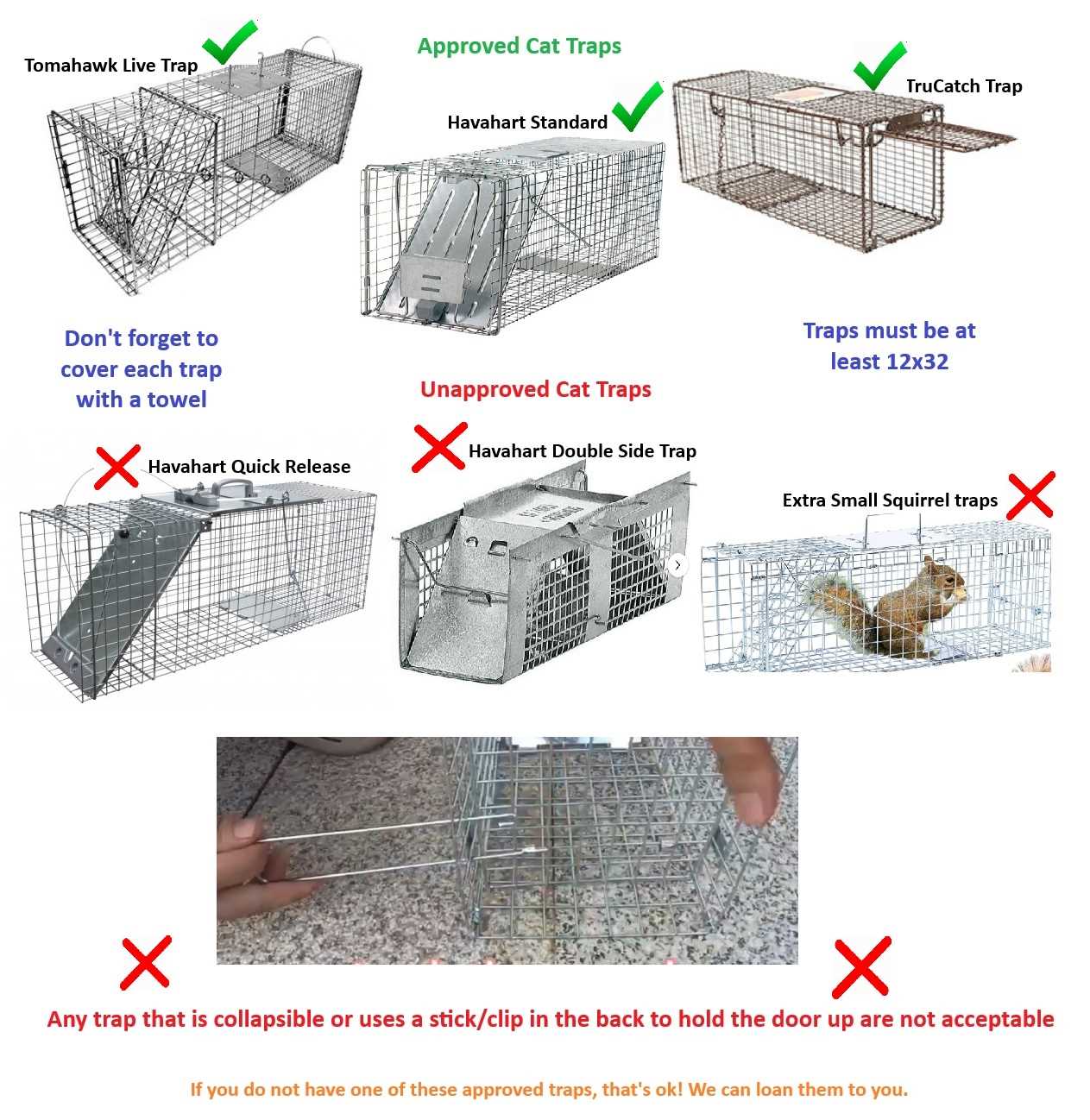



Maintaining a safe environment for your newly altered feline is vital for their recovery. It is recommended to confine them indoors for a minimum of 48 to 72 hours following the procedure. This initial period allows for proper healing and minimizes stress while they adjust to their altered state.
After the initial recovery phase, gradually introducing them back to their outdoor habitat can be beneficial. It is advisable to monitor their behavior closely during this transition. If they exhibit signs of distress or reluctance to engage with their surroundings, consider extending their indoor stay to ensure they are fully comfortable and healthy.
Remember to provide a quiet, cozy space where your companion can relax and recuperate. Offering familiar scents and belongings can help ease their anxiety. Hydration and nutrition are equally important; ensure fresh water and palatable food are readily available to support their recovery.
Understanding the spaying procedure and its implications
Spaying involves a surgical operation to remove the reproductive organs, specifically the ovaries and usually the uterus. This procedure is performed under anesthesia, ensuring the patient experiences minimal pain. A qualified veterinarian should carry out the operation in a sterile environment.
Post-surgery care is crucial. Expect some discomfort and minor swelling around the incision site. It’s important to monitor the area for any signs of infection, such as redness or discharge. Keeping the surroundings calm and quiet aids in recovery.
Behavioral changes
After this procedure, a shift in behavior may occur. Many individuals become less territorial and calmer, reducing aggressive tendencies. This can lead to a more peaceful coexistence with other animals and humans.
Health benefits
Removing reproductive organs significantly lowers the risk of certain health issues. For instance, females face a decreased chance of uterine infections and mammary tumors. Regular check-ups can further enhance health outcomes and longevity.
Post-operative recovery timeline for spayed feral cats
The recovery phase typically spans 7 to 10 days. During this period, monitoring of the feline’s behavior and health is crucial. Immediately post-surgery, expect some grogginess and mild disorientation. This is normal as the anesthesia wears off.
Within the first 24 hours, provide a quiet, warm space with minimal disturbances. Hydration and gentle encouragement to eat are essential. It’s advisable to use a safe cat litter for sphynx cats to ease the transition back to normal activities.
Days 2-3 might show slight swelling or redness around the incision site. This could be part of the healing process, but any significant changes, like excessive swelling or discharge, warrant immediate veterinary attention. Keeping the area clean and dry will aid in recovery.
By days 4-5, many will start to regain their usual energy. However, it’s important to limit vigorous activity to prevent complications. Short, supervised outings can help with mental stimulation, but avoid contact with other animals until fully healed.
As the week progresses, monitor eating habits and litter box usage. A return to normal appetite and behavior is a positive sign. After 7 days, a follow-up with the vet is recommended to ensure proper healing.
By day 10, most are ready to transition back to their outdoor lifestyle. However, ensure the environment is safe and free from potential dangers during this adjustment phase.
Signs of Complications to Monitor After Spaying

Watch for excessive swelling or redness around the incision site. A small amount of swelling is normal, but significant changes may indicate infection.
Monitor for any discharge from the wound. Clear fluid is generally acceptable, but pus or blood can signal complications requiring veterinary attention.
Behavioral Changes
Note any sudden changes in behavior. Lethargy beyond the expected recovery period or signs of pain, such as hiding or aggression, warrant a check-up.
Changes in appetite can also be a red flag. A refusal to eat or drink for more than 24 hours after the procedure suggests a potential issue.
Physical Symptoms
Keep an eye out for vomiting or diarrhea, especially if it persists. These symptoms could be due to stress or complications from anesthesia.
Lastly, if the temperature exceeds 103°F (39.4°C) or drops below 99°F (37.2°C), contact a veterinarian immediately for guidance. Timely intervention can prevent more serious issues.
Feeding and care instructions during the recovery period
Provide a quiet space for rest, away from noise and disturbances. This aids in healing and reduces stress.
Nutrition is key during recovery. Offer high-quality, easily digestible food to support healing. Wet food can encourage hydration and is gentler on the stomach.
- Choose a brand formulated for post-surgery recovery.
- Introduce small portions to avoid overwhelming the digestive system.
- Monitor appetite closely; adjust feeding if necessary.
Hydration is equally important. Ensure fresh water is always available. If drinking is a challenge, consider offering ice cubes or ice chips as an alternative.
Limit physical activity to prevent strain on the surgical site. Short, supervised excursions can help, but ensure they remain calm. Provide gentle play options that do not require jumping or running.
Regularly check the incision site for any signs of swelling or discharge. If anything seems unusual, consult a veterinarian promptly.
Administer any prescribed medications as directed. Keep a consistent schedule to ensure effective pain management and prevent discomfort.
- Use treats to help with administering pills if needed.
- Maintain a calm environment to minimize stress during medication times.
Finally, spend time quietly interacting. Gentle petting can provide comfort and reassurance during this critical time.
When to Consider Releasing the Feral Kitty Back Outdoors
Release can occur 3-7 days post-operation, depending on recovery status. Monitor activity levels and appetite closely. If the little one shows interest in the outside and appears fully healed, it’s time for them to return.
Key Indicators for Outdoor Return
Look for these signs before making the decision:
- Normal eating habits established.
- Active and alert behavior observed.
- Incision site healed with no swelling or discharge.
- Calm demeanor with no signs of stress.
Environmental Considerations
Ensure the area is safe from predators and has access to shelter. Familiar surroundings will help ease the transition back. If the environment poses dangers, consider keeping the furry friend indoors longer.
| Sign | Action |
|---|---|
| Normal Appetite | Prepare for outdoor return |
| Active Behavior | Encourage exploration |
| Healed Incision | Plan release |
| Calm Demeanor | Monitor for stress |
Long-term management of spayed feral cats in your area
Providing shelter and food for spayed outdoor cats is critical for their well-being. Establish a feeding schedule, offering meals at the same time daily to create stability. Monitor their weight and adjust portions to prevent obesity, which can lead to health issues.
Consider setting up a designated shelter, ensuring it is insulated and protected from harsh weather. This space should be easily accessible yet secure from potential predators. Regularly check the condition of the shelter and make necessary repairs to keep it safe and comfortable.
Engagement in local community initiatives can enhance the lives of these animals. Collaborate with local animal organizations to promote TNR (Trap-Neuter-Return) programs, which help control populations humanely. Participate in awareness campaigns to educate others about the importance of caring for outdoor cats.
Regular health check-ups for these cats are vital. Work with veterinarians to schedule annual vaccinations and parasite control. Observing any changes in behavior or health can be critical; act quickly if issues arise.
Consider joining or forming a support network of fellow cat caretakers. Sharing resources and experiences can lead to better practices and outcomes for the cats. Additionally, you can find practical solutions like the best energy rated integrated dishwasher find the top models to simplify daily tasks, allowing you more time to focus on the cats.
Creating a long-term plan ensures these spayed cats thrive in their environment, contributing positively to the community while receiving the care they need.








